Look for Sleep Apnea in patients with bradycardia
click for more...
Sleep
Apnea
Apnea
Look for Sleep Apnea in patients with bradycardia
- Profound bradycardia can be found in Up to 1/3 of patients with OSA.
- OSA leads to many CV consequences.
- Treating OSA reduces arrhythmias and improves CV outcomes.
- Screening and Treating OSA in patients with bradycardia and in those who already had pacemaker are recommended (class I & IIa).
Look for Sleep Apnea in patients with bradycardia
- Profound bradycardia can be found in Up to 1/3 of patients with OSA.
- OSA leads to many CV consequences.
- Treating OSA reduces arrhythmias and improves CV outcomes.
- Screening and Treating OSA in patients with bradycardia and in those who already had pacemaker are recommended (class I & IIa).
Get an echo (at least)
for a new LBBB.
for a new LBBB.
click for more...
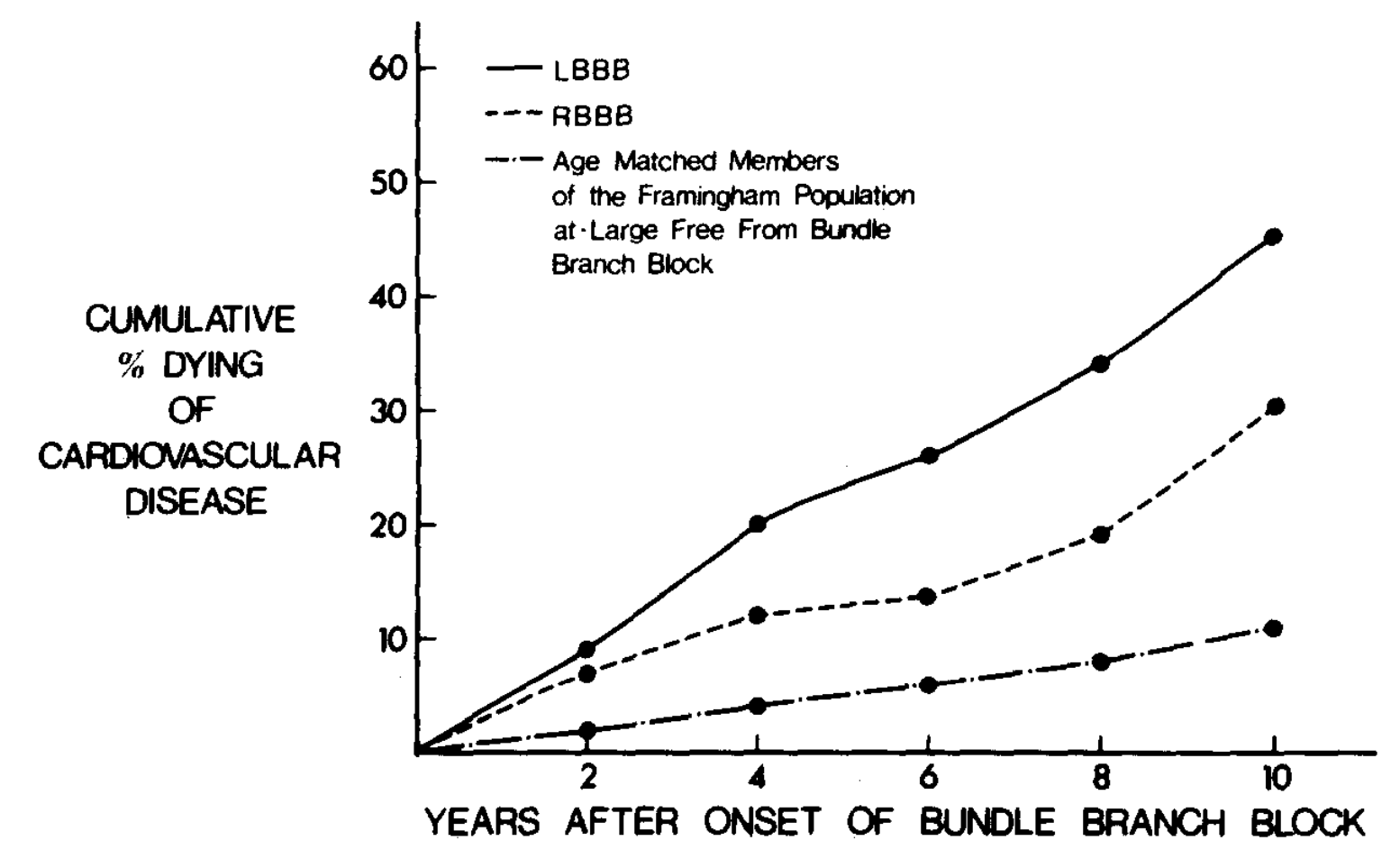
- Patients with LBBB have a higher prevalence of both CV and non-CV mortalites.
- Transthoracic Echo is recommended (class I) in new LBBB, as well as in high-grade AV block and those whom structural heart diseases are suspected.
- Advanced imaging (eg. CT, MRI, or TEE) may be necessary to confirm the diagnosis.
Echo for
LBBB
LBBB
Get an echo for a new LBBB.

- Patients with LBBB have a higher prevalence of both CV and non-CV mortalites.
- Transthoracic Echo is recommended (class I) in new LBBB, as well as in high-grade AV block and those whom structural heart diseases are suspected.
- Advanced imaging (eg. CT, MRI, or TEE) may be necessary to confirm the diagnosis.
The role of EP Study is quite limited.
(There's no class I indication...to say the least.)
...click for more...
...click for more...
EP
Study
Study
-
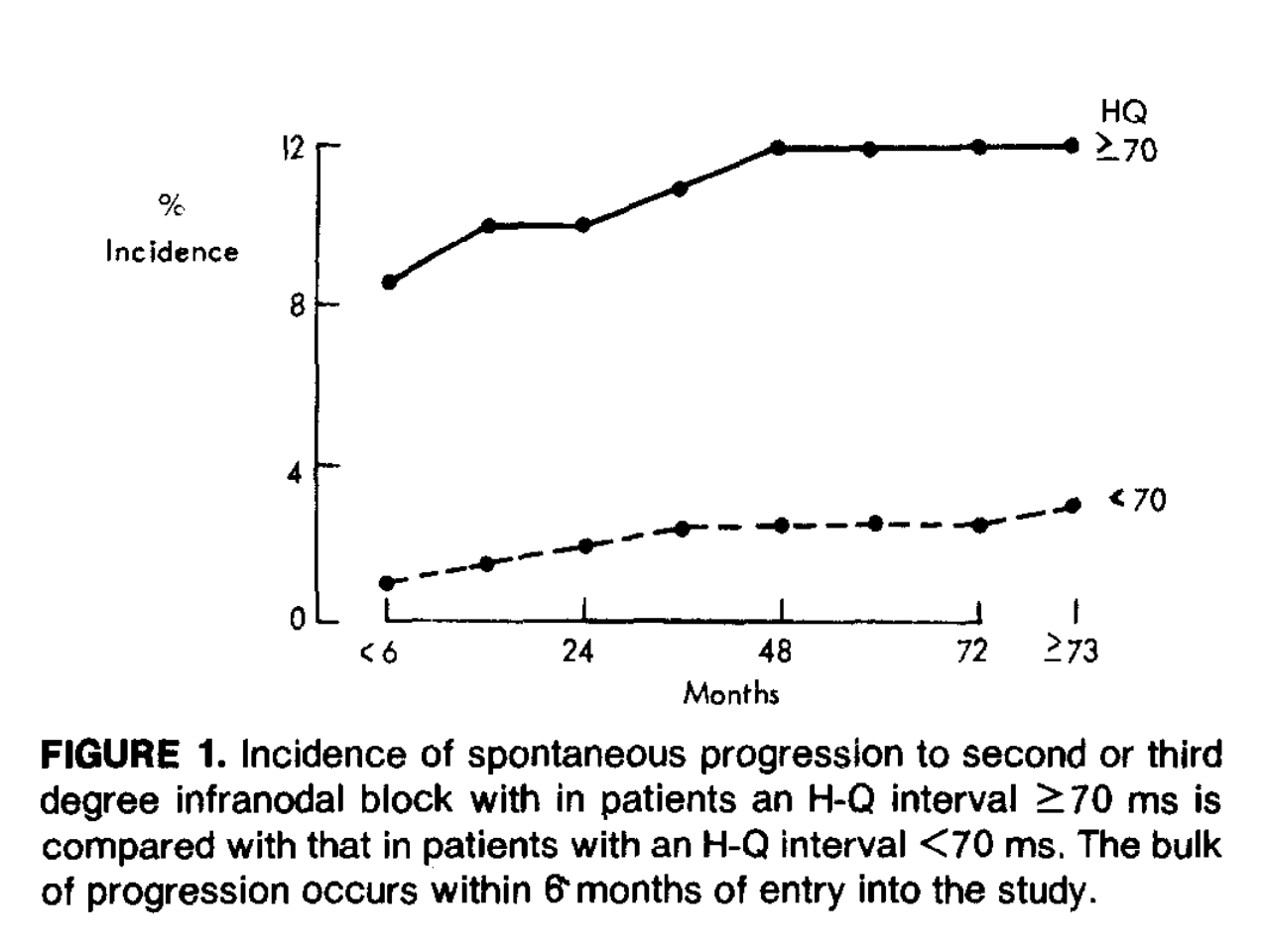 reasonable in Symptomatic conduction system disease with no demontrated AV block.
reasonable in Symptomatic conduction system disease with no demontrated AV block. - may consider in SND when other noninvasive tests were unrevealing or undergoing EPS for other indications.
- may consider in 2° AVB to determine the level of block and to determine the benefit from pacemaker.
- Yield of EP Study depends largely on the patient selection.
The role of EP Study is quite limited.
-
 reasonable in Symptomatic conduction system disease with no demontrated AV block.
reasonable in Symptomatic conduction system disease with no demontrated AV block. - may consider in SND when other noninvasive tests were unrevealing or undergoing EPS for other indications.
- may consider in 2° AVB to determine the level of block and to determine the benefit from pacemaker.
- Yield of EP Study depends largely on the patient selection.
Pacemaker is recommended for new SND or AV block with persistent symptoms that do not RESOLVE after
the surgery or MI.
...
but how long should we wait for?
...
but how long should we wait for?
click for more...
| Type of Procedures/event | 'Reasonable' time to wait |
|---|---|
| CABG | 5-7 days |
| Aortic Valve Surgery | 3-5 days |
| Tricuspid Valve Surgery | 3-5 days |
| Mitral Valve Surgery | 5-7 days |
| TAVR | ?? 3 days |
| Acute MI | at least 72 hrs.
May consider device with defibrillator capacity in patients with low LVEF.
|
'PHYSIOLOGIC' pacing is preferred in those with LVEF 36%-50% and those
whom frequent RV pacing (>40%) is expected.
...
Physiologic pacing = CRT or His bundle pacing
...
Physiologic pacing = CRT or His bundle pacing
click for more...
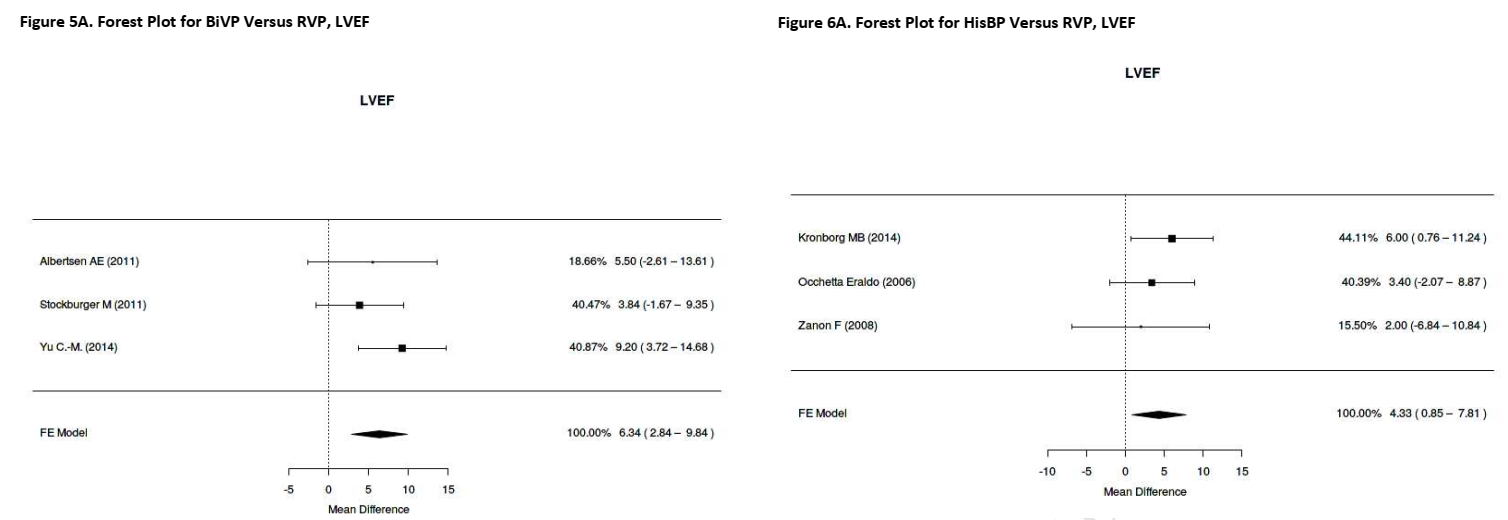
Physiologic pacing (CRT or HBP) have shown a reduction in LVESV and
improvement in LVEF compared with RV pacing.
The rest of the guidelines that you already know...
←
→
A
A
Non-valvular AF is now
an outdated term.
click for more...
Non-valvular AF is now
an outdated term.
- The new term = "MARM-AF", “Mechanical And Rheumatic Mitral valvular AF" is now being proposed.
- NOACs trials consistently excluded those with moderate to severe rheumatic MS and mechanical prosthetic valve.
- High-dose NOACs provide overall efficacy and safety similar in AF patients with or without VHD (that were not 'MARM').
The
SEXY issue
of the guideline
click for more...
The
SEXY issue
of the guideline
-
Female sex alone does not convey increased risk in
the absence of other factors.
Female sex, however, accentuates risk of stroke among those with ≥2 non-sex related stroke risk factors. - OAC is indicated in AF with an elevated CHA2DS2-VASc score of ≥2 in men or ≥3 in women.
- Reasonable to omit OAC in CHA2DS2-VASc score of 0 in men and 1 in women.
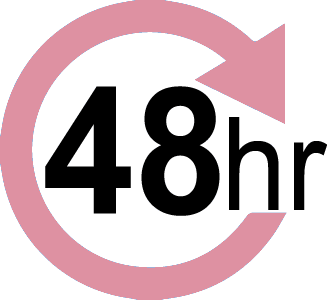
48hr rule still stands.
...even with limited data...
click for more...

48hr rule still stands.
...even with limited data...
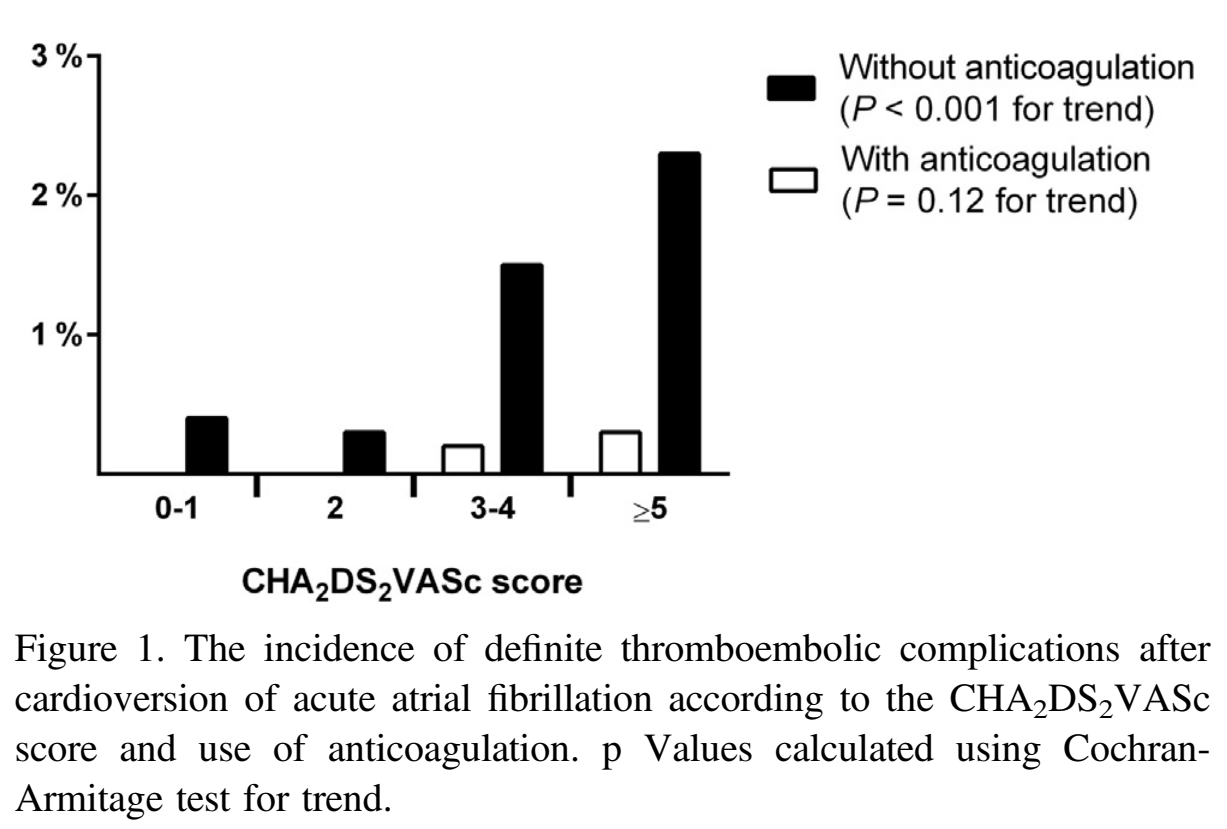
CHA2DS2-VASc score is a strong predictor of thromboembolic events in
cardioversion of acute AF performed without anticoagulation.
- In AF/AFL of 48 hrs or unknown duration undergoing cardioversion, anticoagulation is recommended regardless of CHA2DS2-VASc score.
- In AF/AFL of <48 hrs with CHA2DS2-VASc>2 in men and >3 in women undergoing cardioversion, anticoagulation is reasonable.
- In AF/AFL of <48 hrs with CHA2DS2-VASc=0 in men and =1 in women undergoing cardioversion, anticoagulation vs. no anticoagulation may be considered.
- From Fin-CV registry, delay to cardioversion of 12 hours from symptom onset was associated with a greater risk of thromboembolic complications compared to cardioversion of < 12 hours (1.1% versus 0.3%).
AF complicating ACS.
...Triple or double therapy regimens are what you've already heard over the past several years...
(click for more...)
AF &
ACS
ACS
- May choose clopidogrel over prasugrel in triple therapy regimen.
- Double therapy with clopidogrel or prasugrel + VKA is reasonable, as compared to triple therapy.
- Double therapy with clopidogrel or prasugrel + NOAC (Rivaroxaban 15mg OD or Dabigatran 150 mg BID) is reasonable, as compared to triple therapy.
- May switch from triple therapy to double therapy in 4-6 wks after PCI.
AF complicating ACS
- May choose clopidogrel over prasugrel in triple therapy regimen.
- Double therapy with clopidogrel or prasugrel + VKA is reasonable, as compared to triple therapy.
- Double therapy with clopidogrel or prasugrel + NOAC (Rivaroxaban 15mg OD or Dabigatran 150 mg BID) is reasonable, as compared to triple therapy.
- May switch from triple therapy to double therapy in 4-6 wks after PCI.
Cut AF Loose
by Losing Some Weight.
- In AF + BMI>27, weight loss and risk factors modification is recommended.
- Risk factors = sleep apnea, hypertension, hyperlipidemia, glucose intolerance, and alcohol and tobacco use
asymptomatic
PACs/PVCs

PACs/PVCs

500
PACs/24hr
- PACs burden related to higher probability of AF.
- >500 PACs/day: look for AF.
500
PVCs/24hr
- >500 PVCs/day: work up for structural heart diseases.
- Imaging workup includes Echo, MRI, and etc.
>10%
of PVCs burden
- Yearly follow-up of LV function.
- Treat underlying disease to improve prognosis.
- Treat PVCs if PVCs mediated cardiomyopathy is suspected.
Predictors & Characters
Tachycardia induced Cardiomyopathy

Tachycardia induced Cardiomyopathy

Characters
- No other cause of cardiomyopathy (MI, VHD, Htn, alcohol or drug use, stress etc.)
- Absence of LVH. LVEDD < 6.5cm
- Rapid decline in LVEF following recurrence of tachycardia.
- Recovery of LV function after control of tachycardia within a time frame of 1–6 months.
Predictors
- Slower tachycardia before cardiomyopathy.
- SVT: incessant, Irregular RR intervals.
- PVCs: burden>10%, wider QRS, interpolated, +retrograde P.
asymptomatic MONOMORPHIC
ventricular tachycardia

ventricular tachycardia

NO Treatment
if evaluation of structural heart disease with ECHO and Cardiac MRI is normal. Need follow-up and LV function monitoring.
One liner from the last-week-released guidelines...



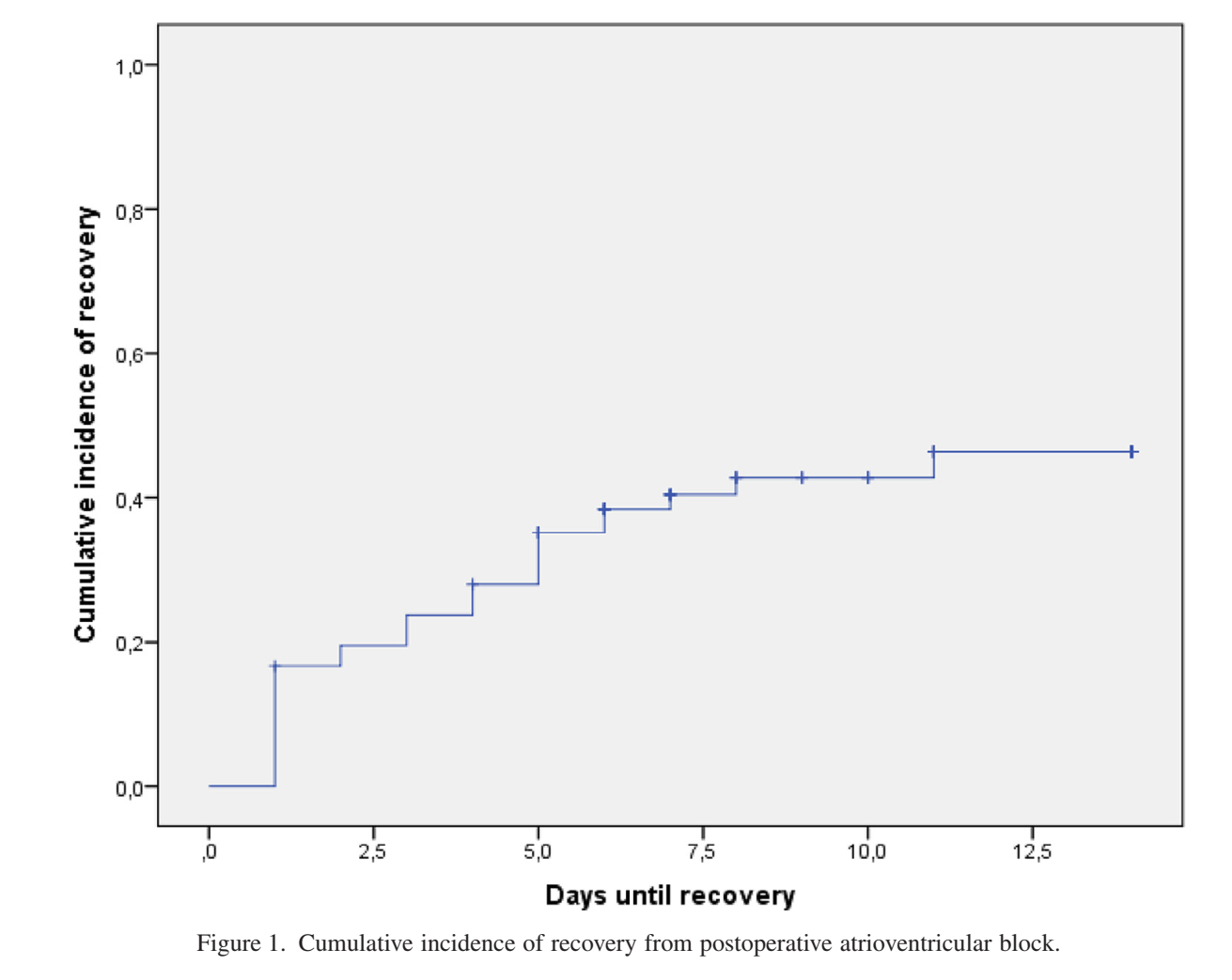
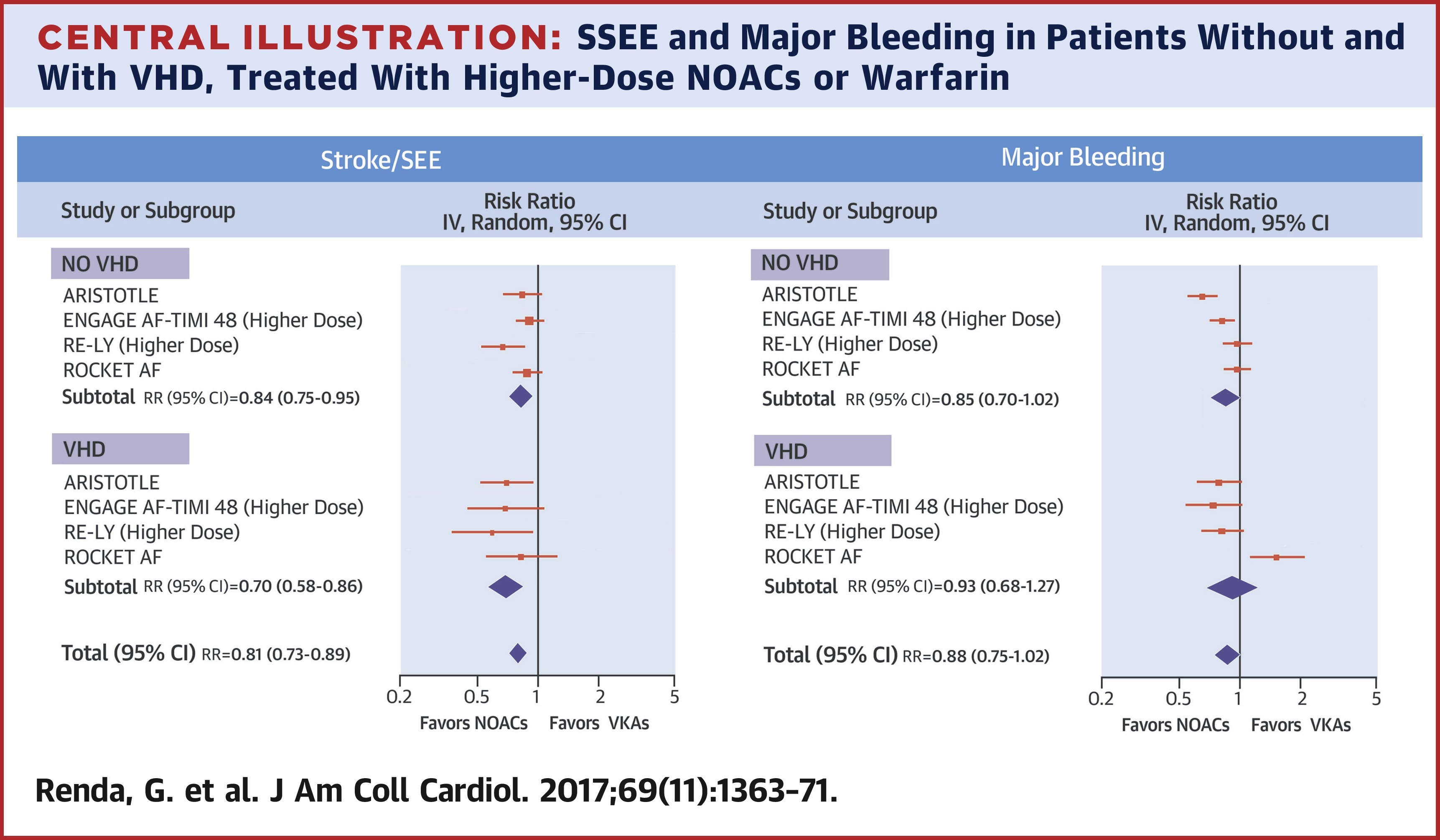
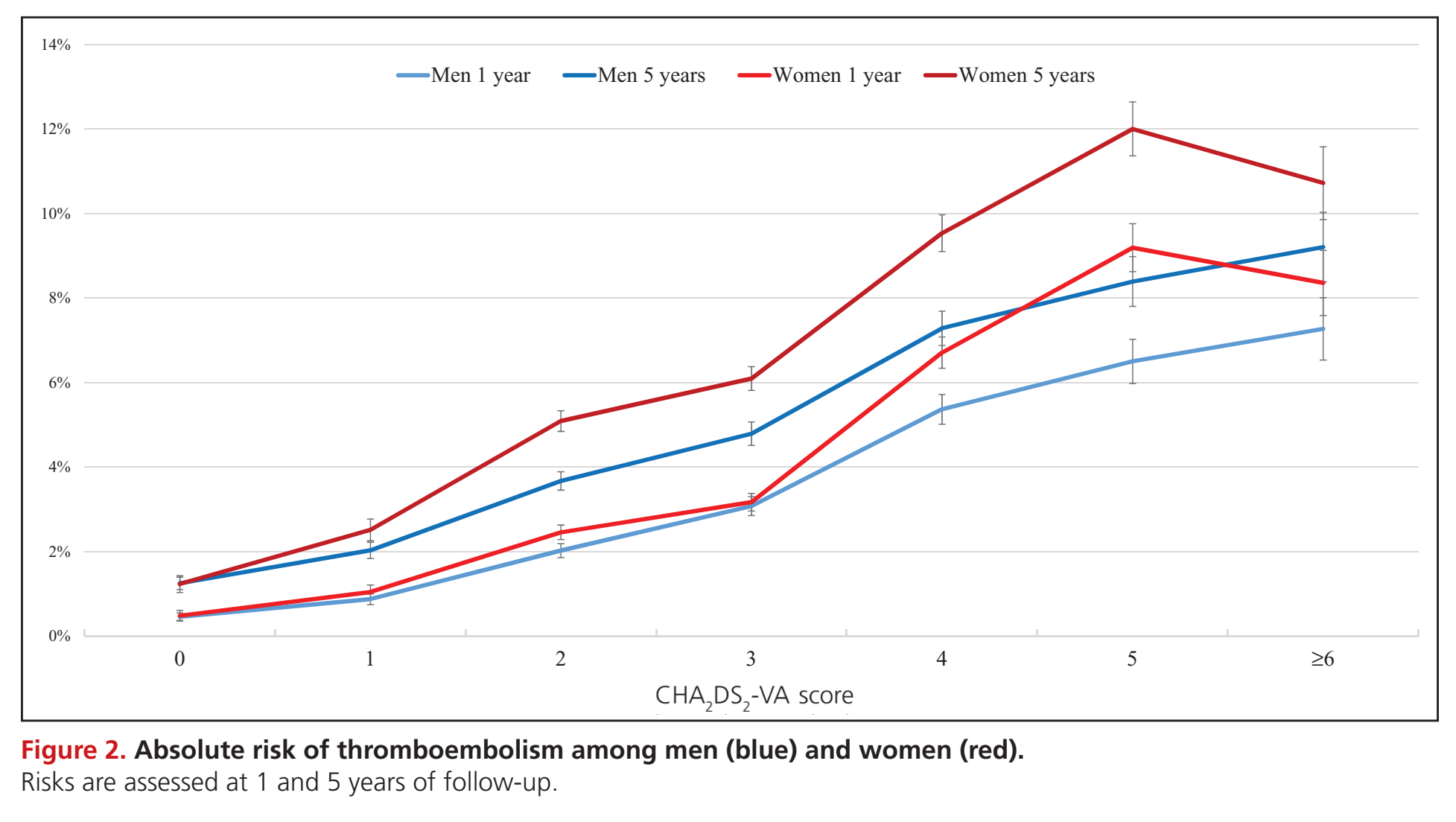

 HeartRhythmBox: Main Page
HeartRhythmBox: Main Page